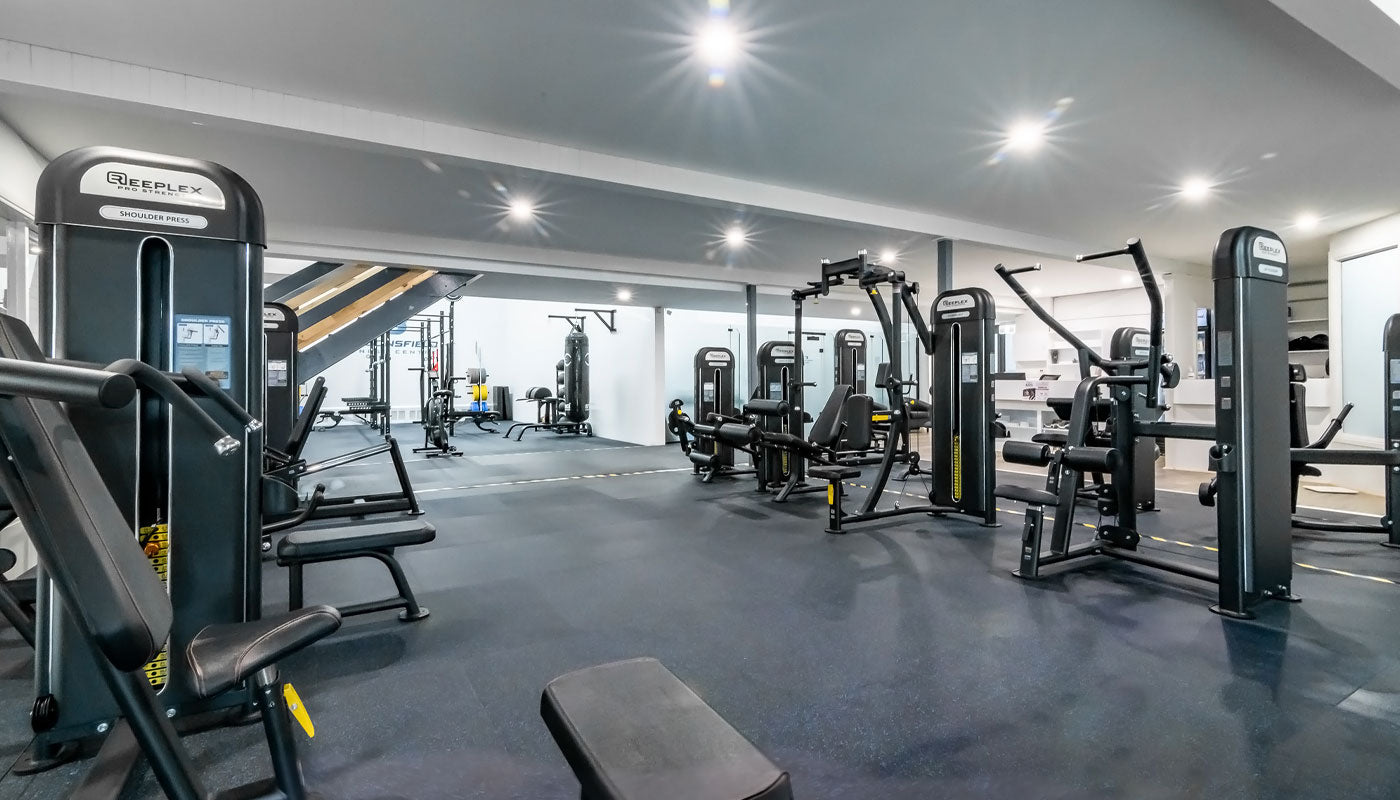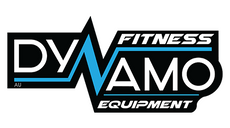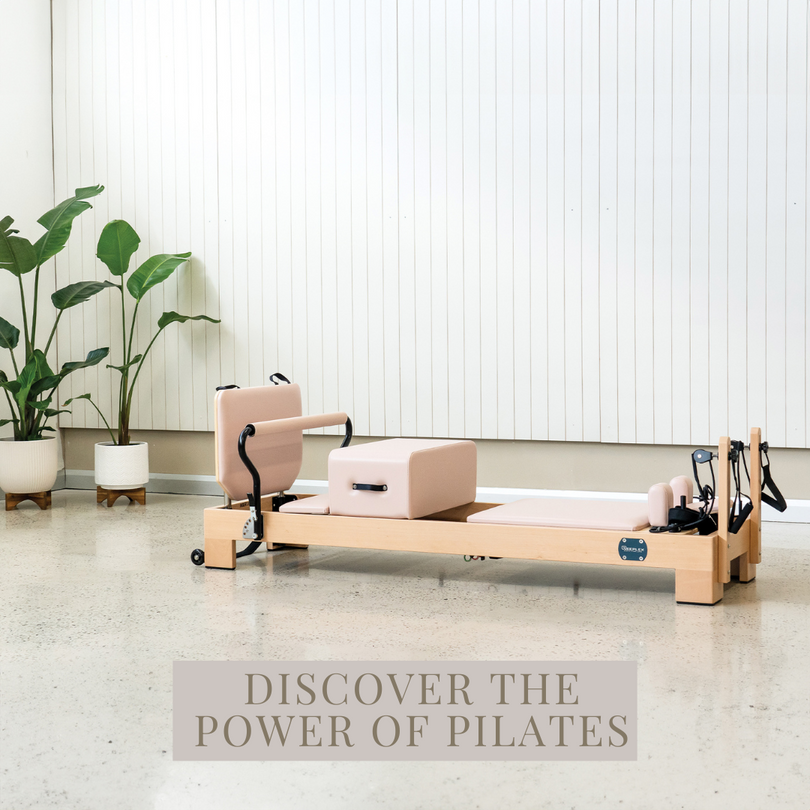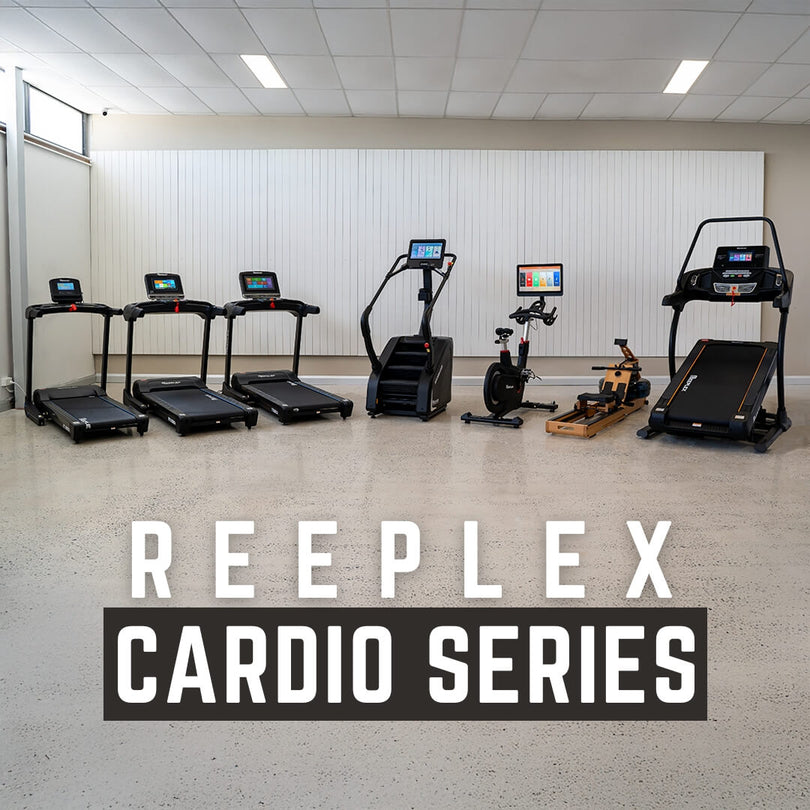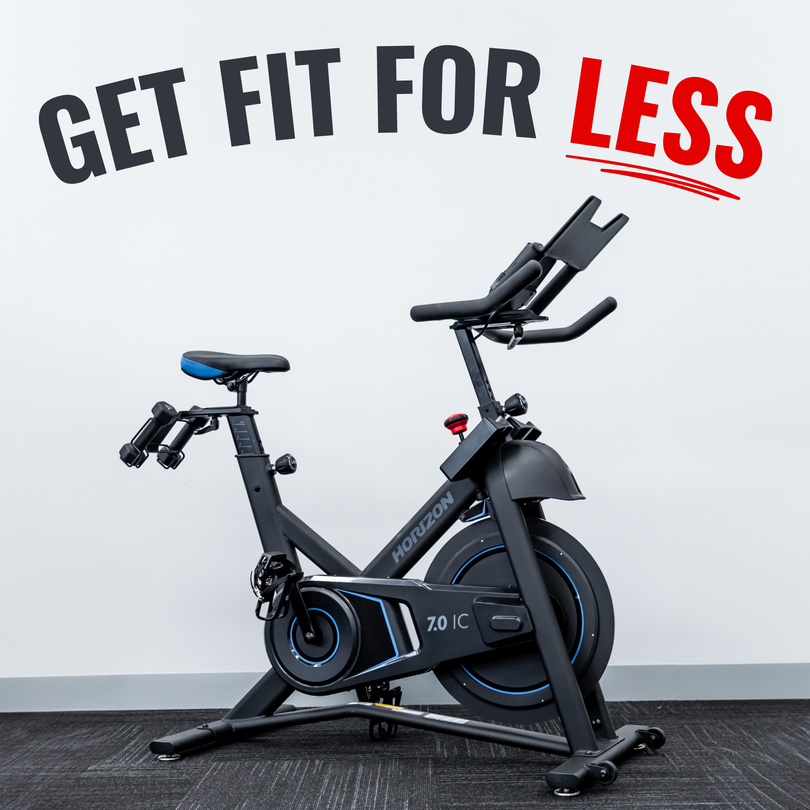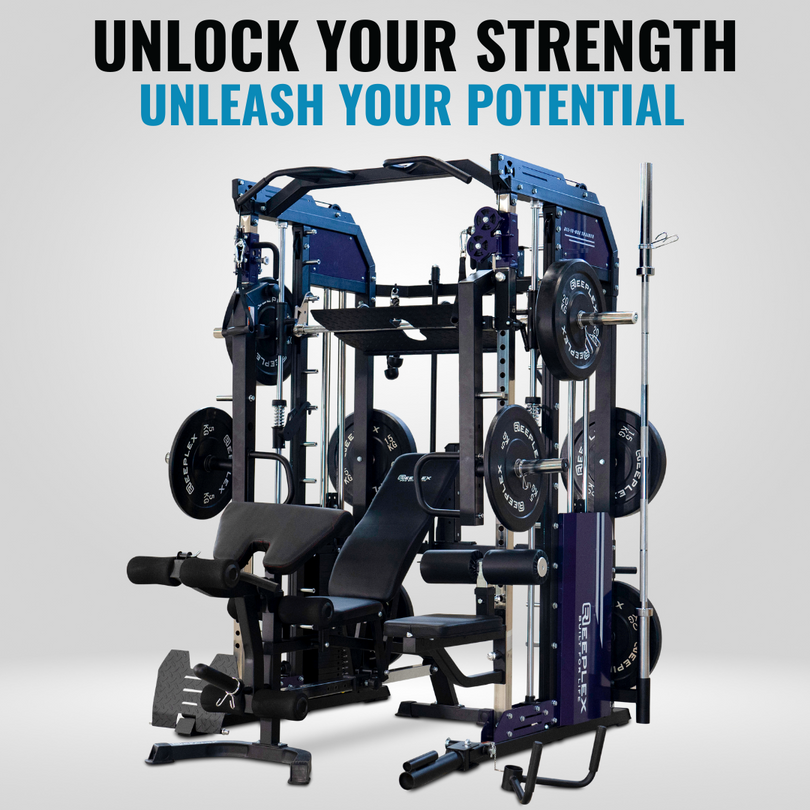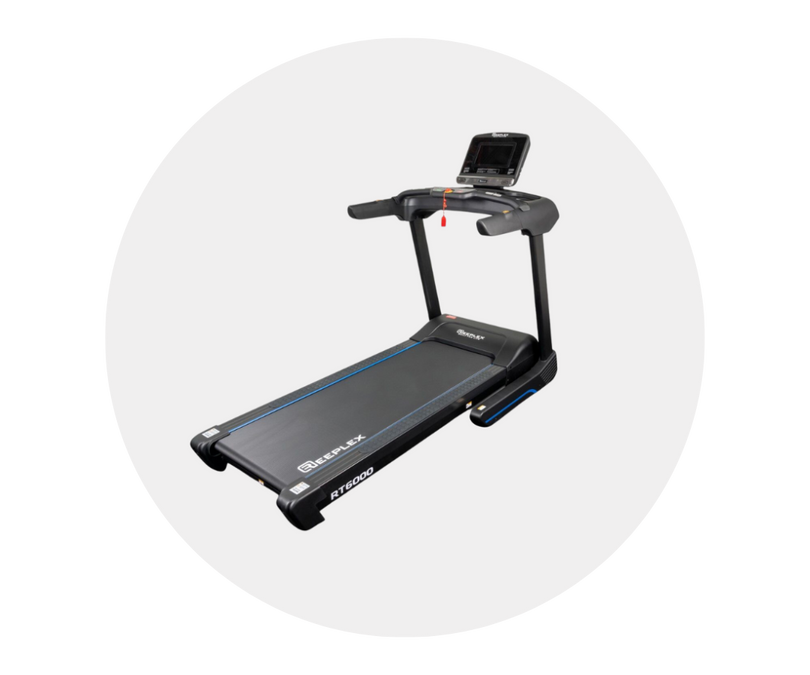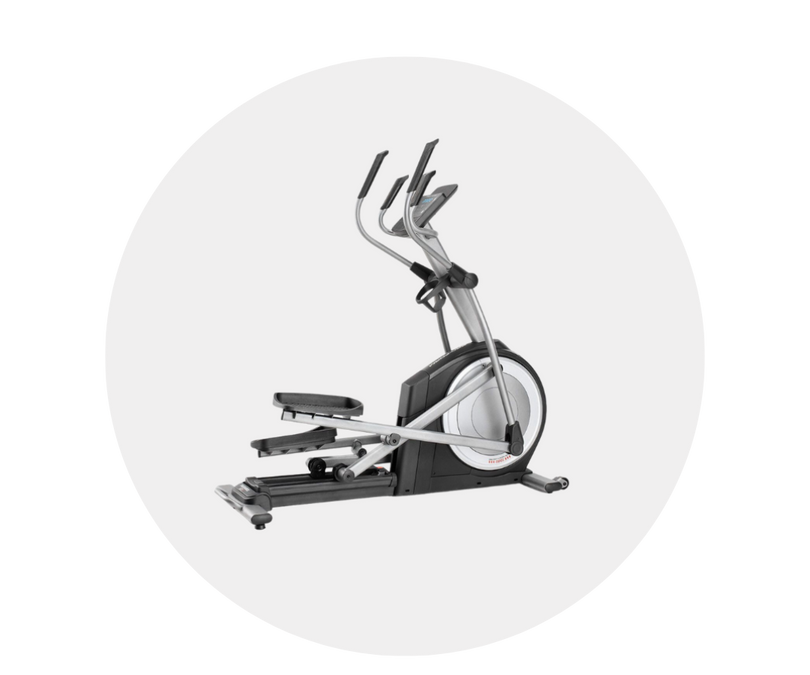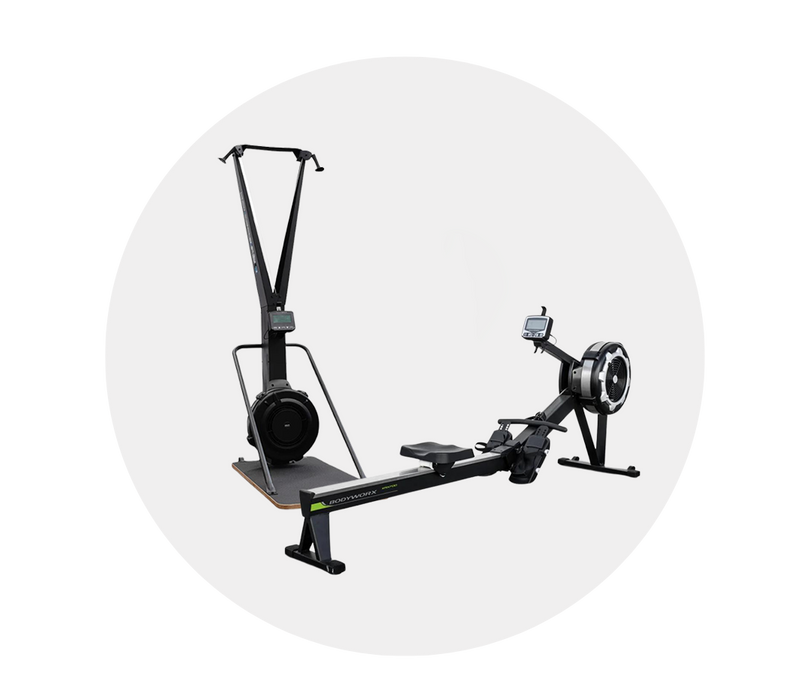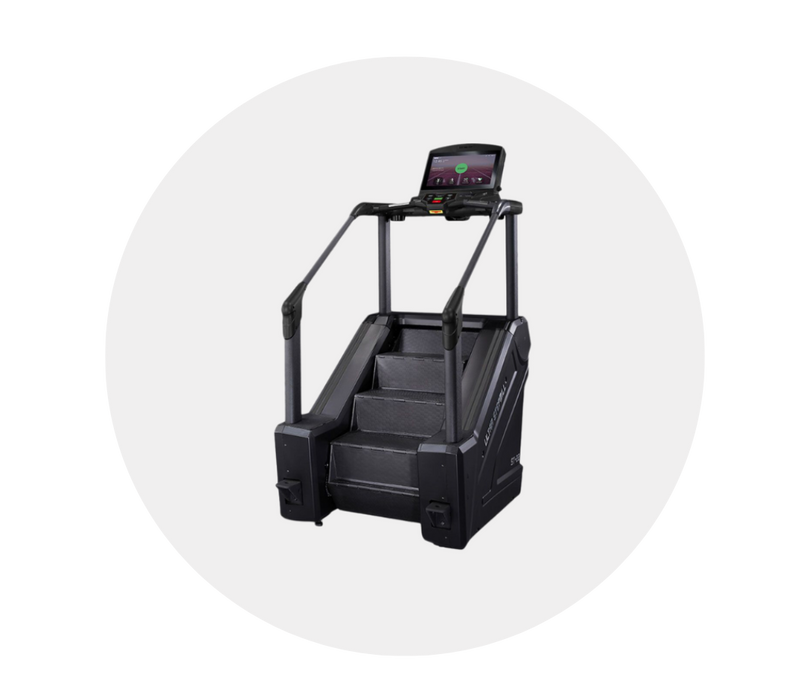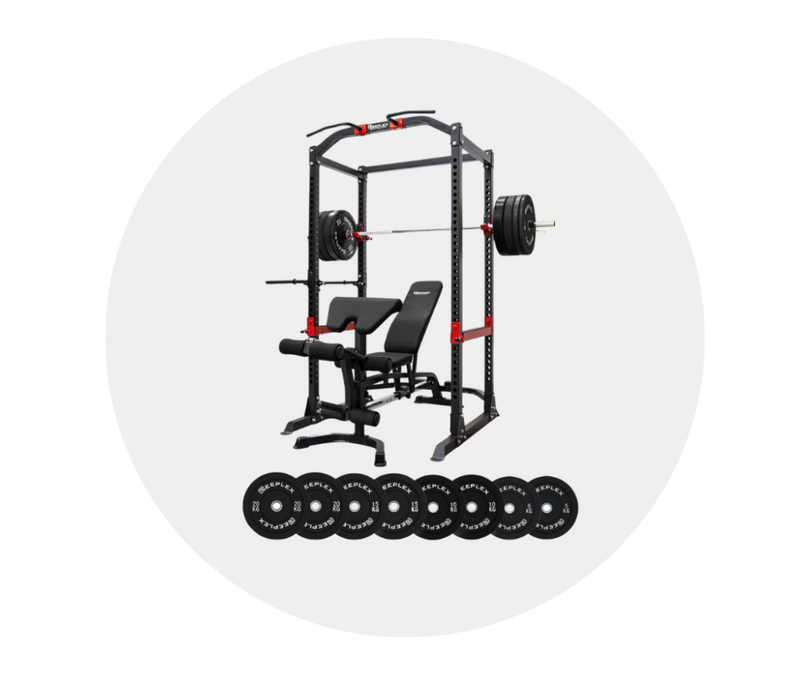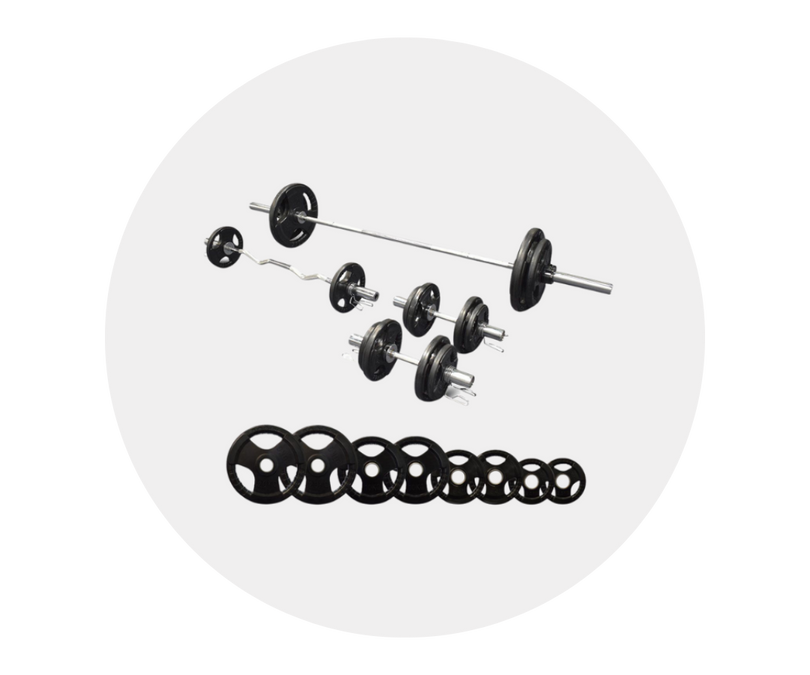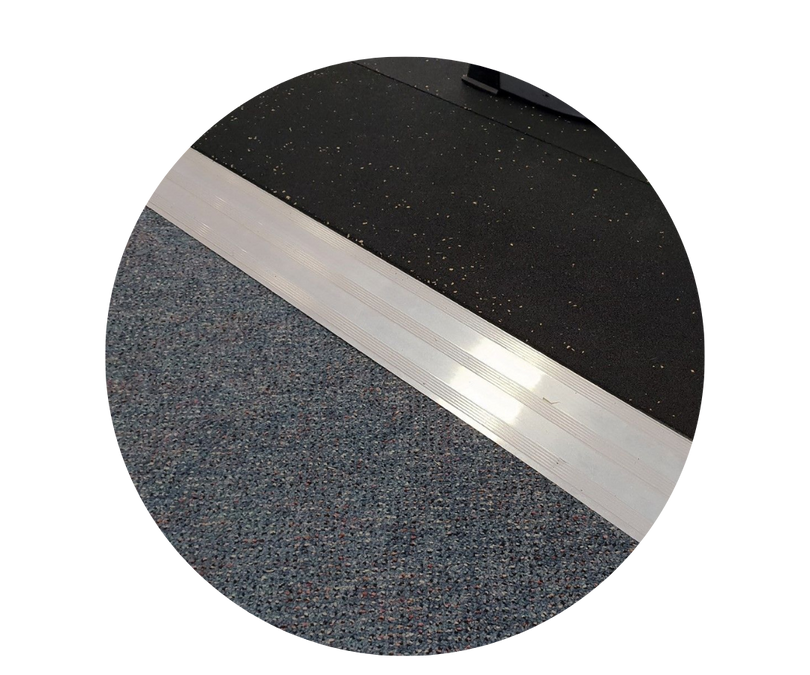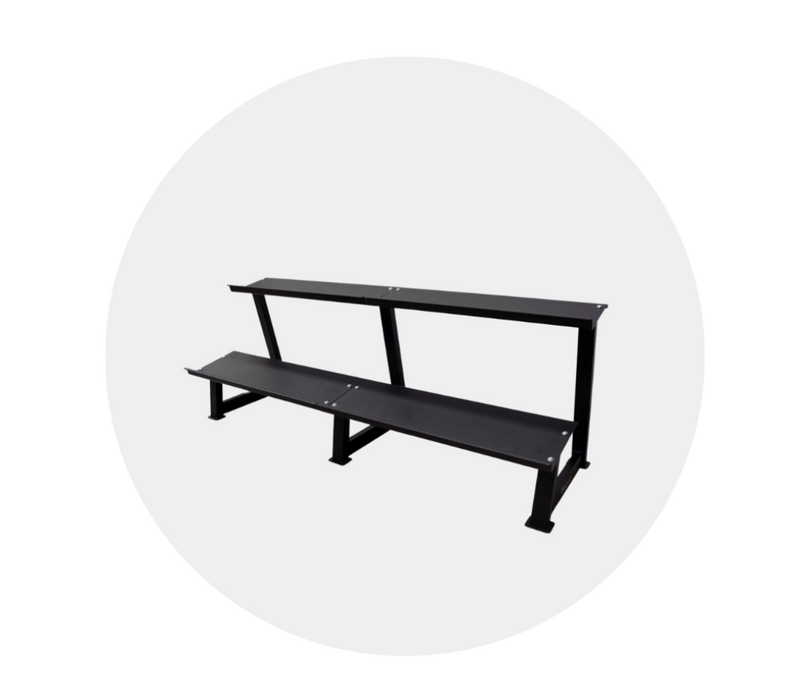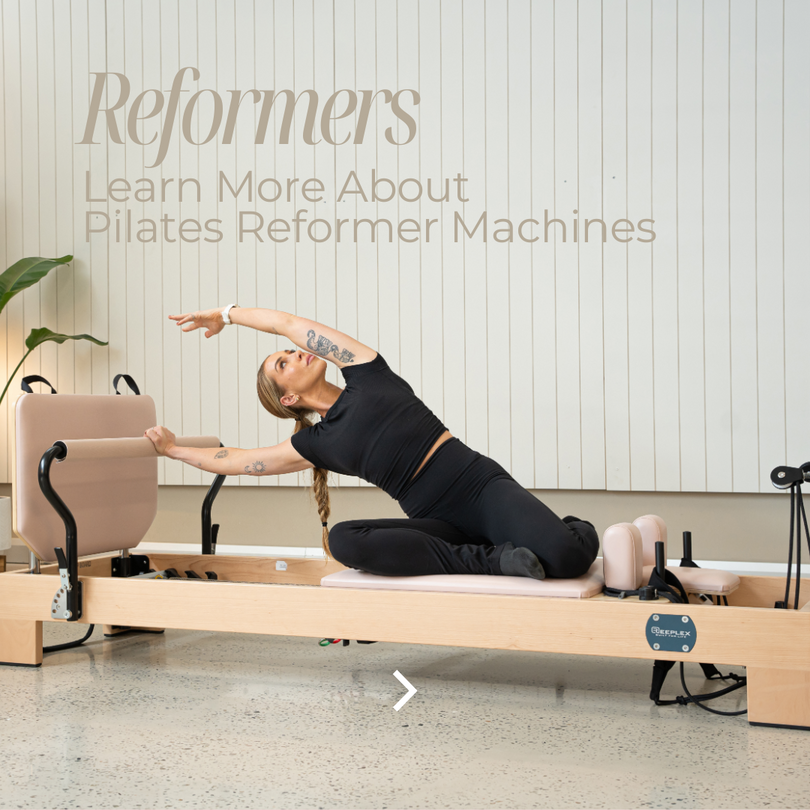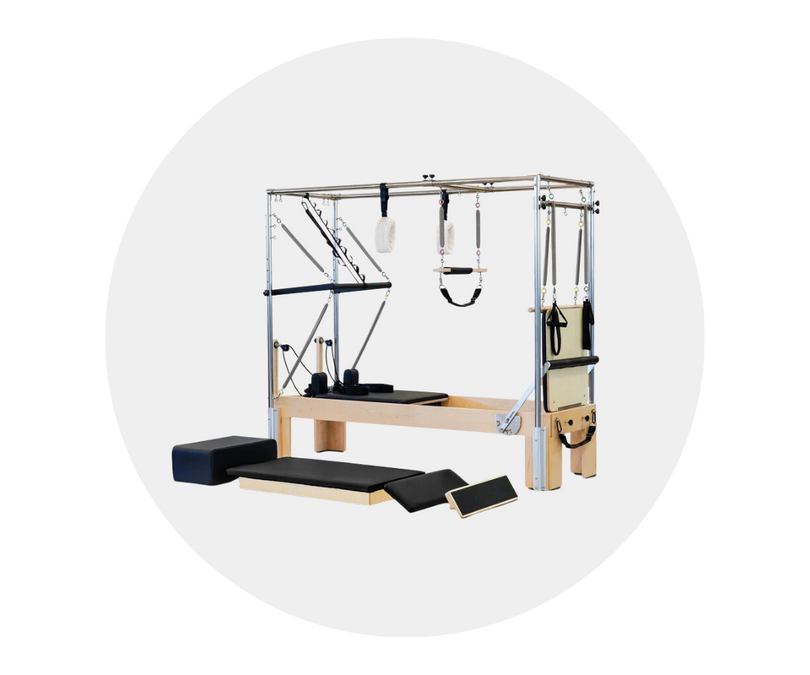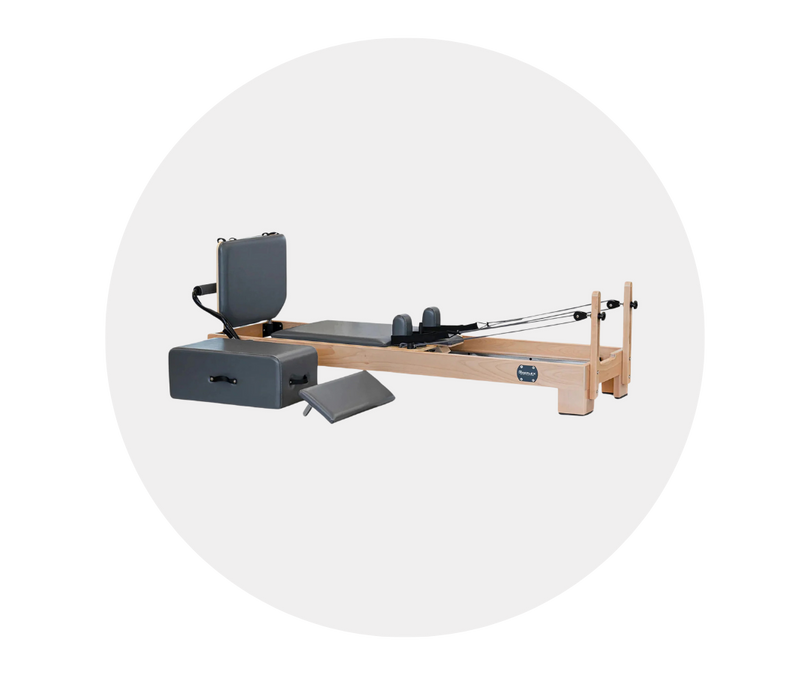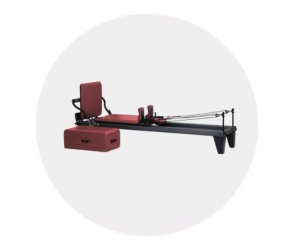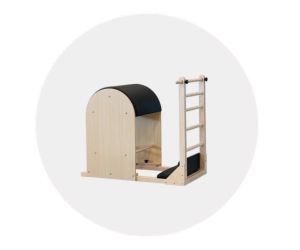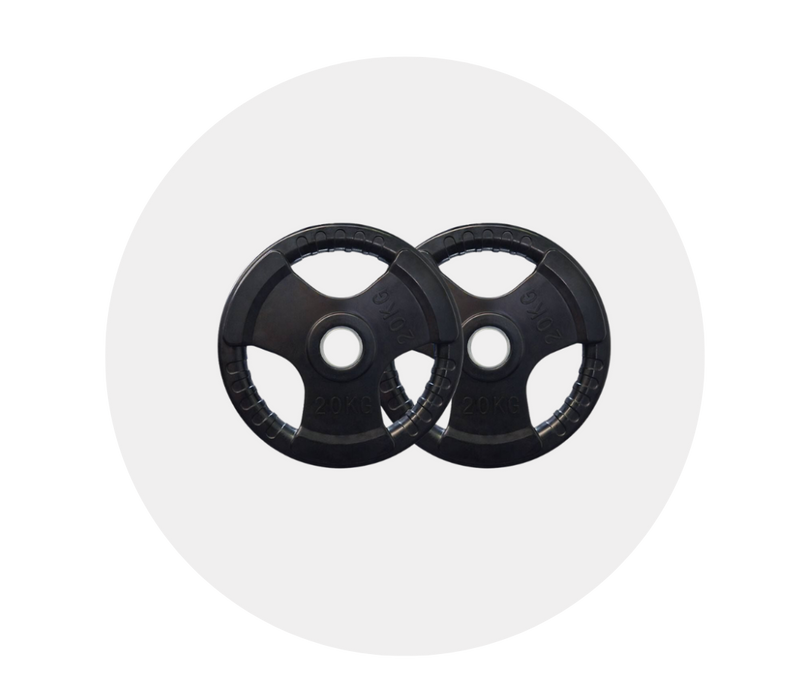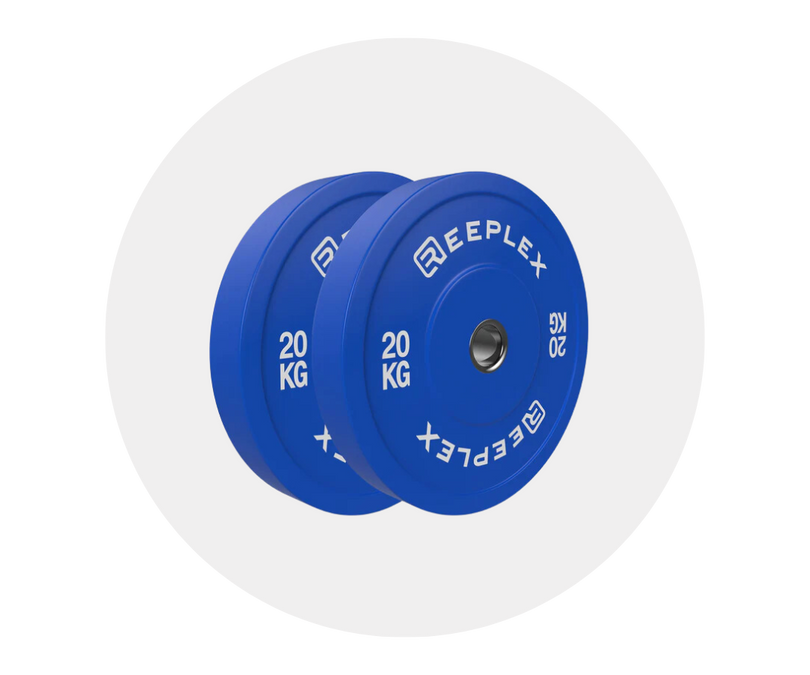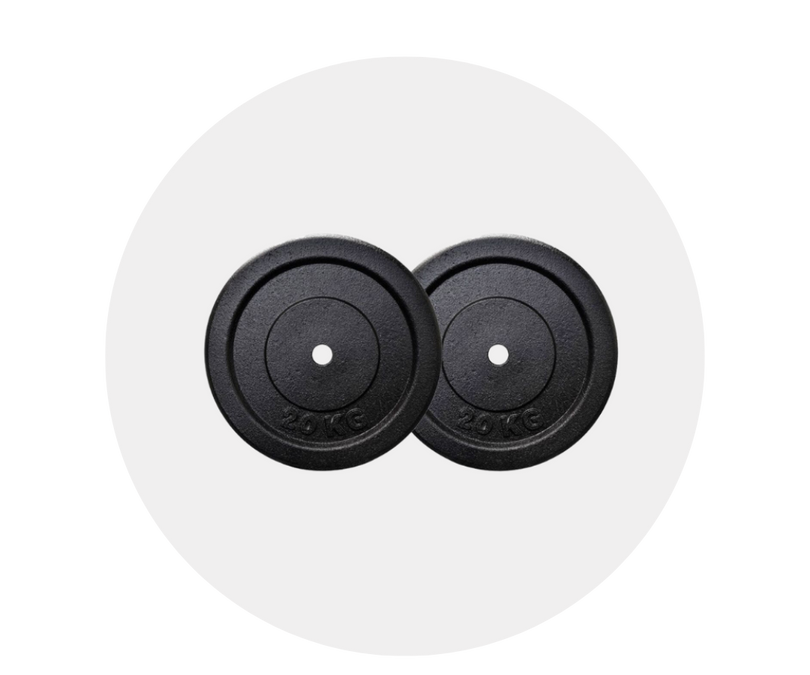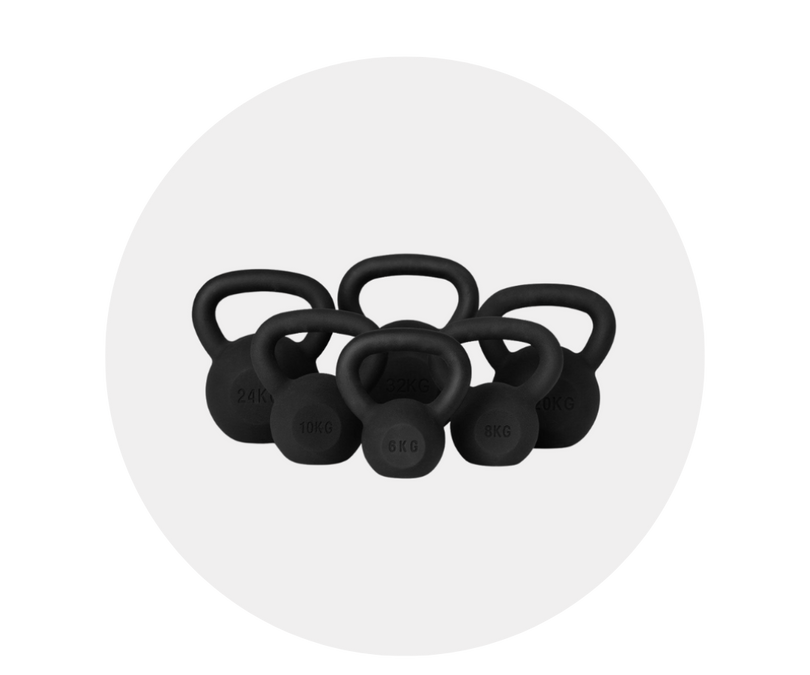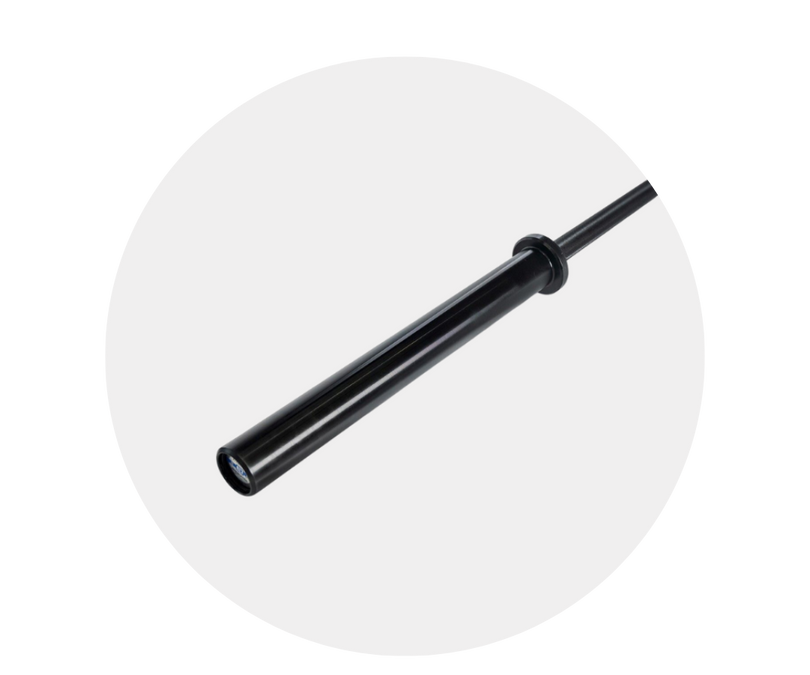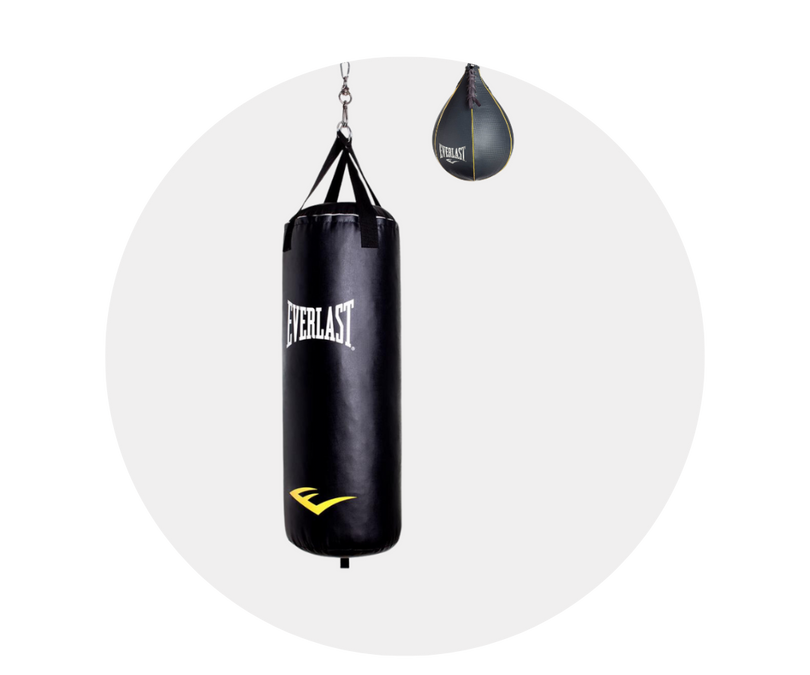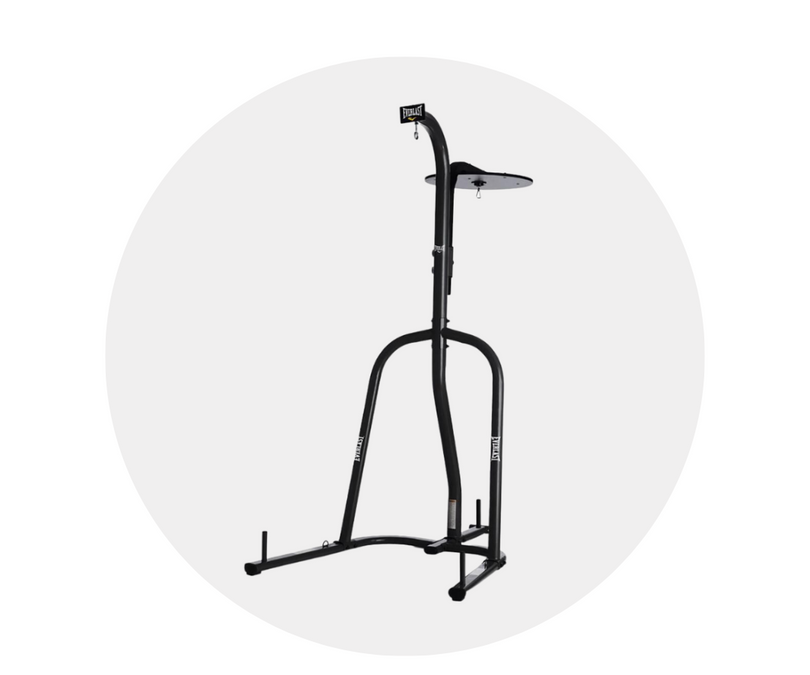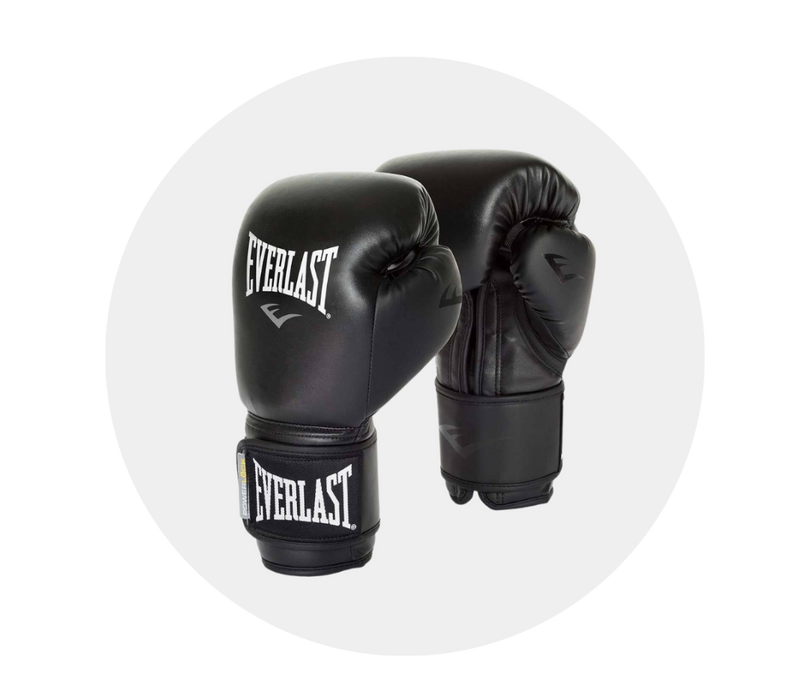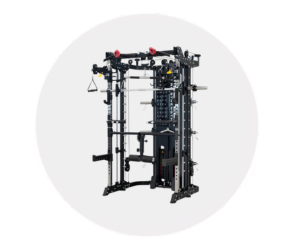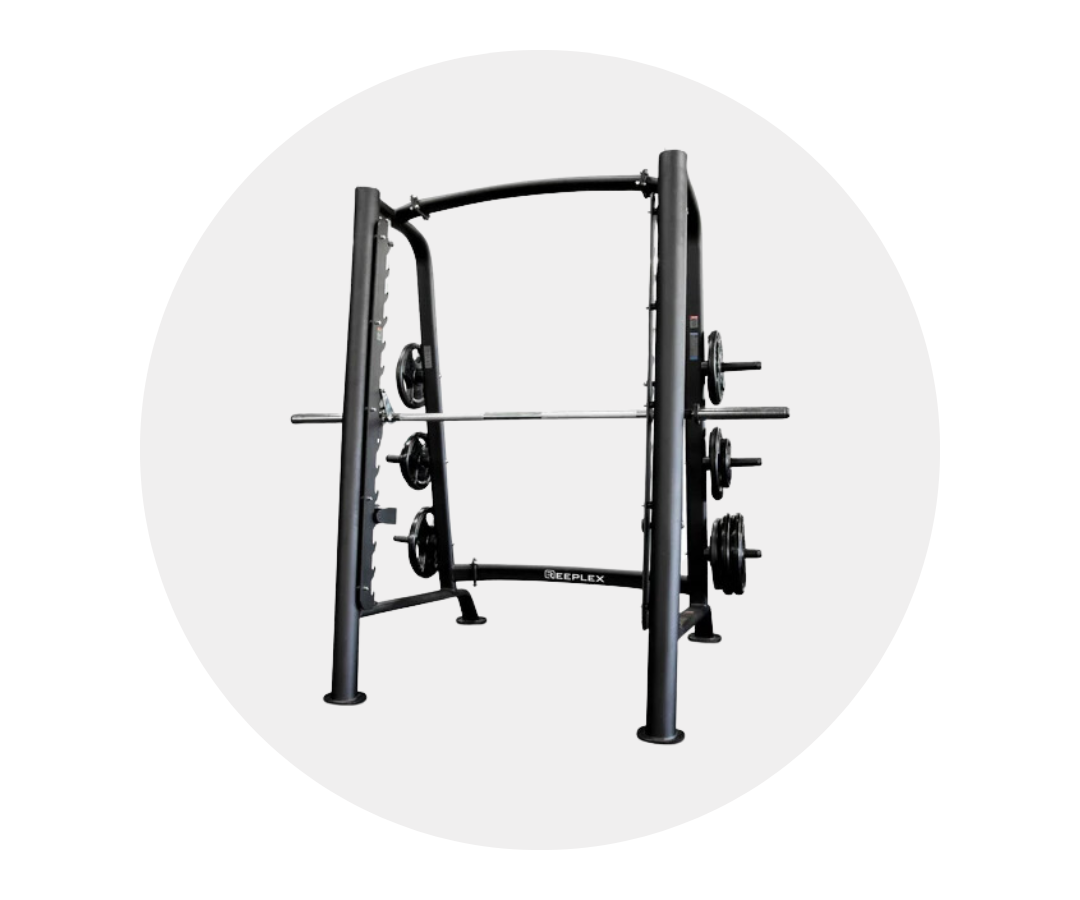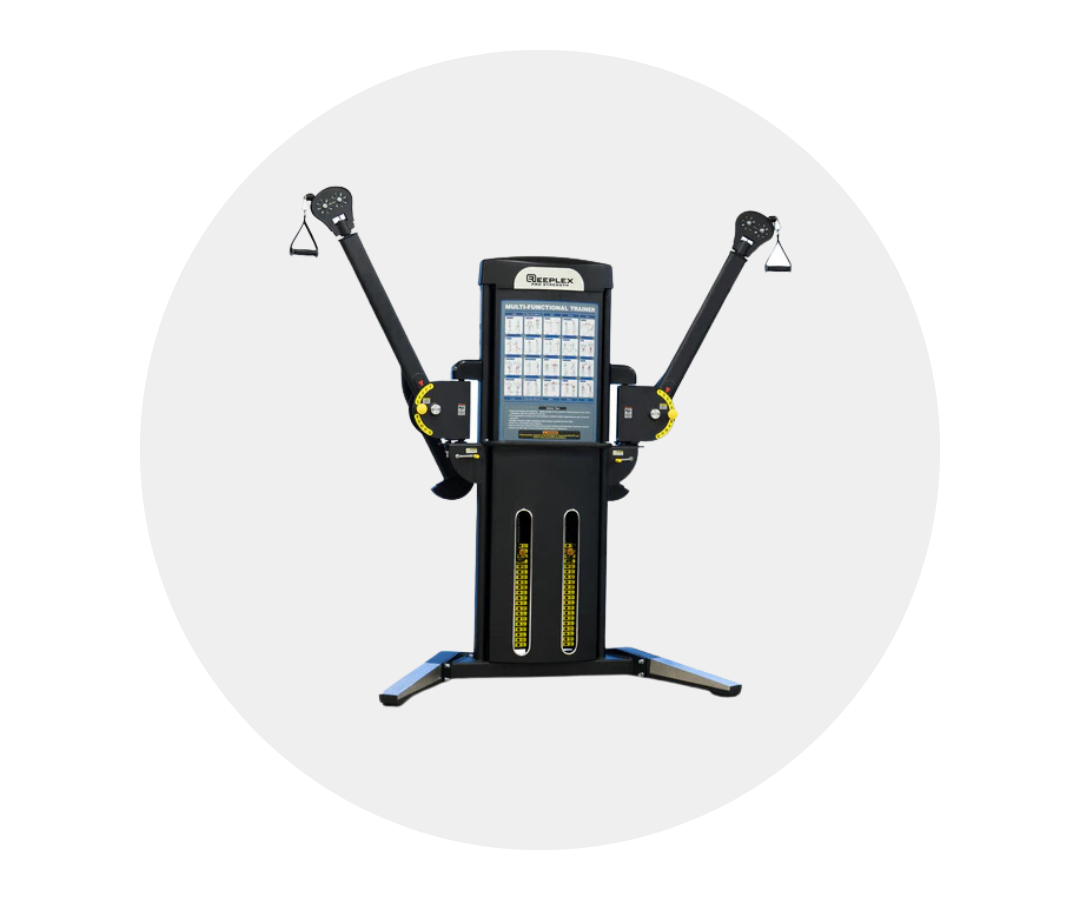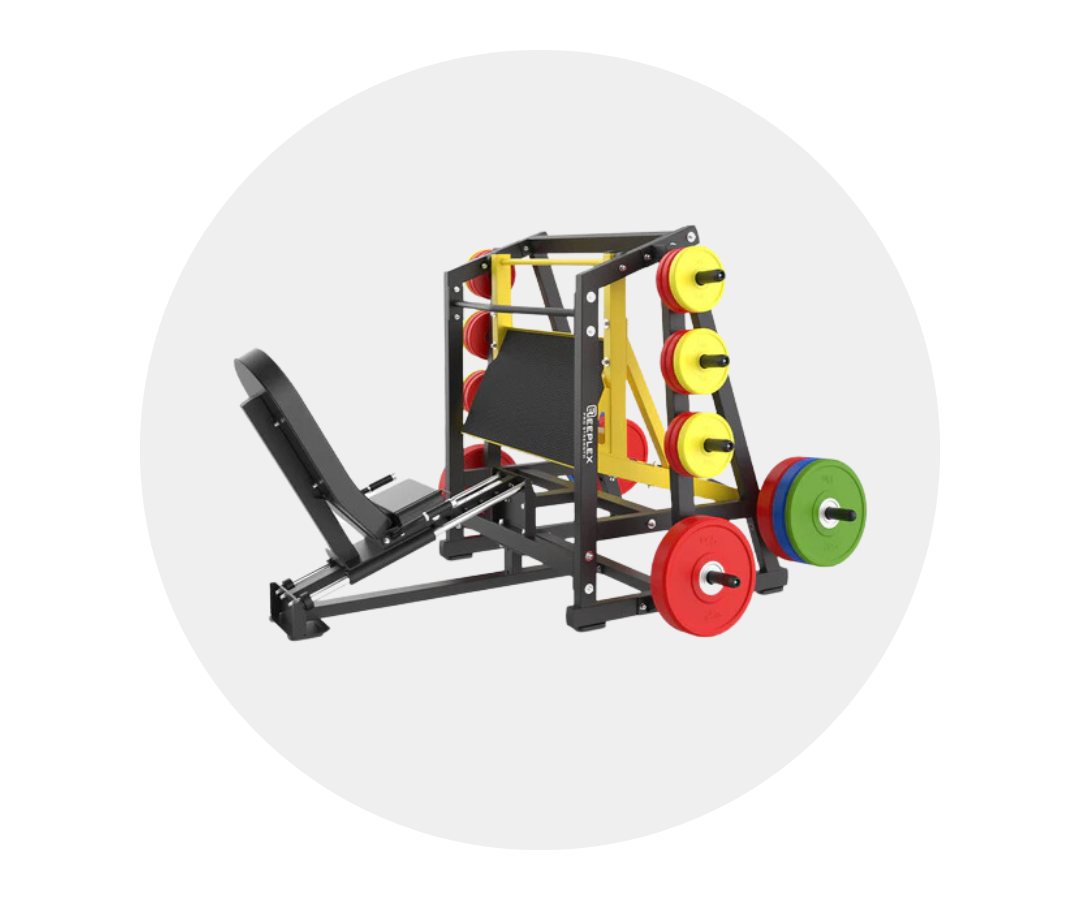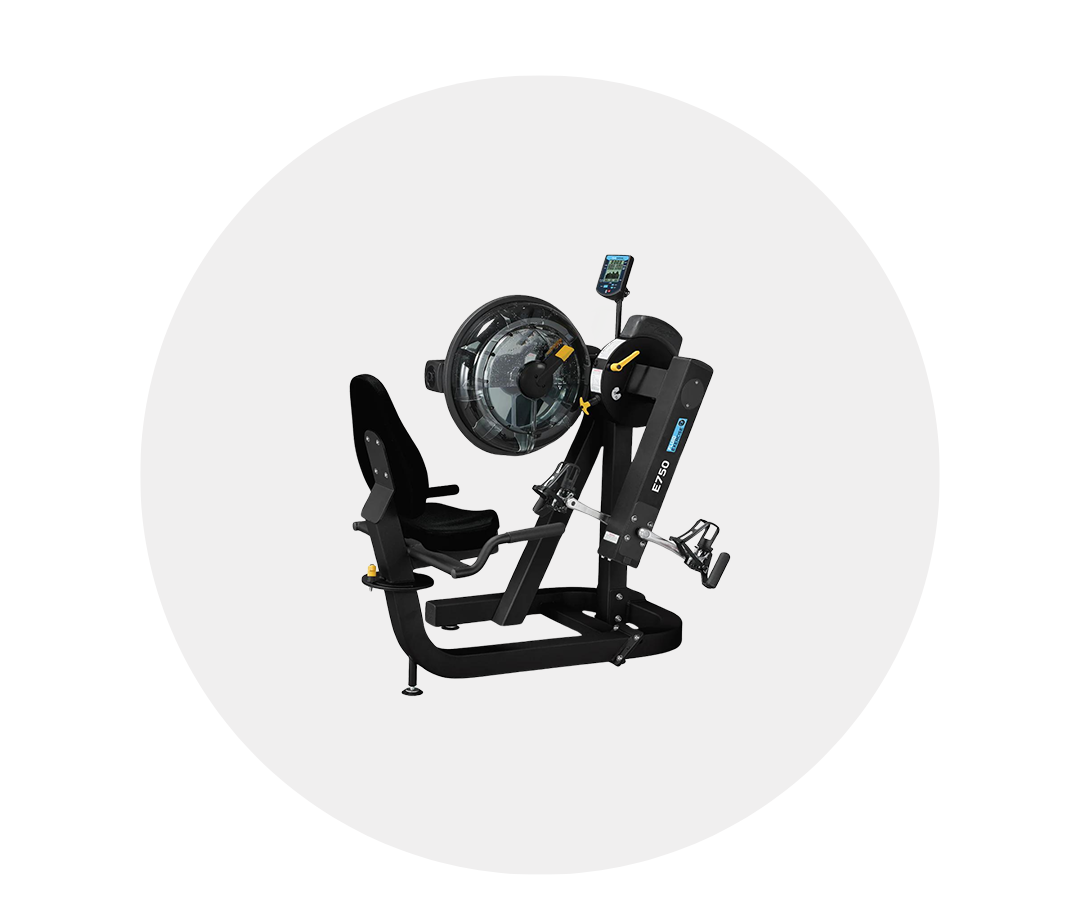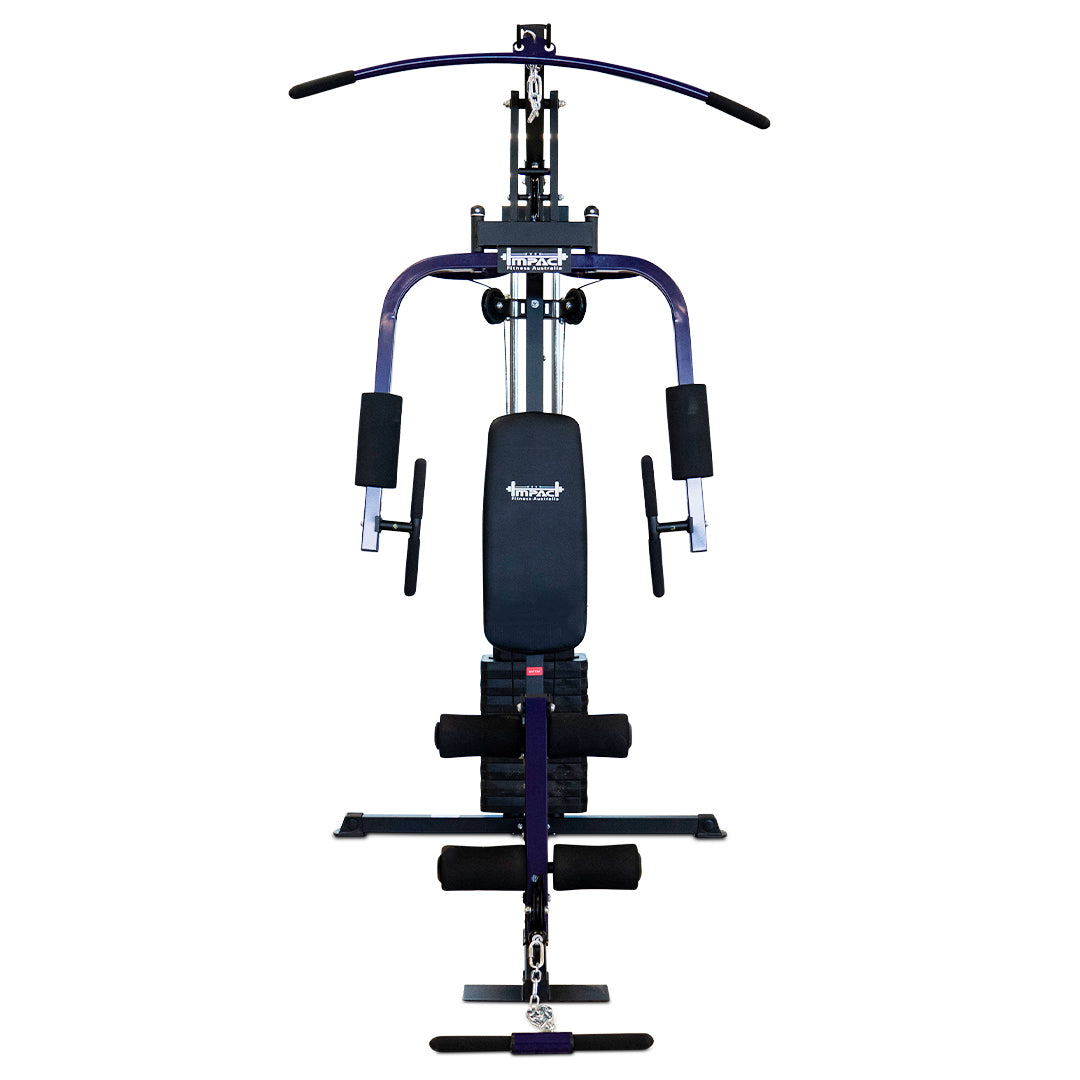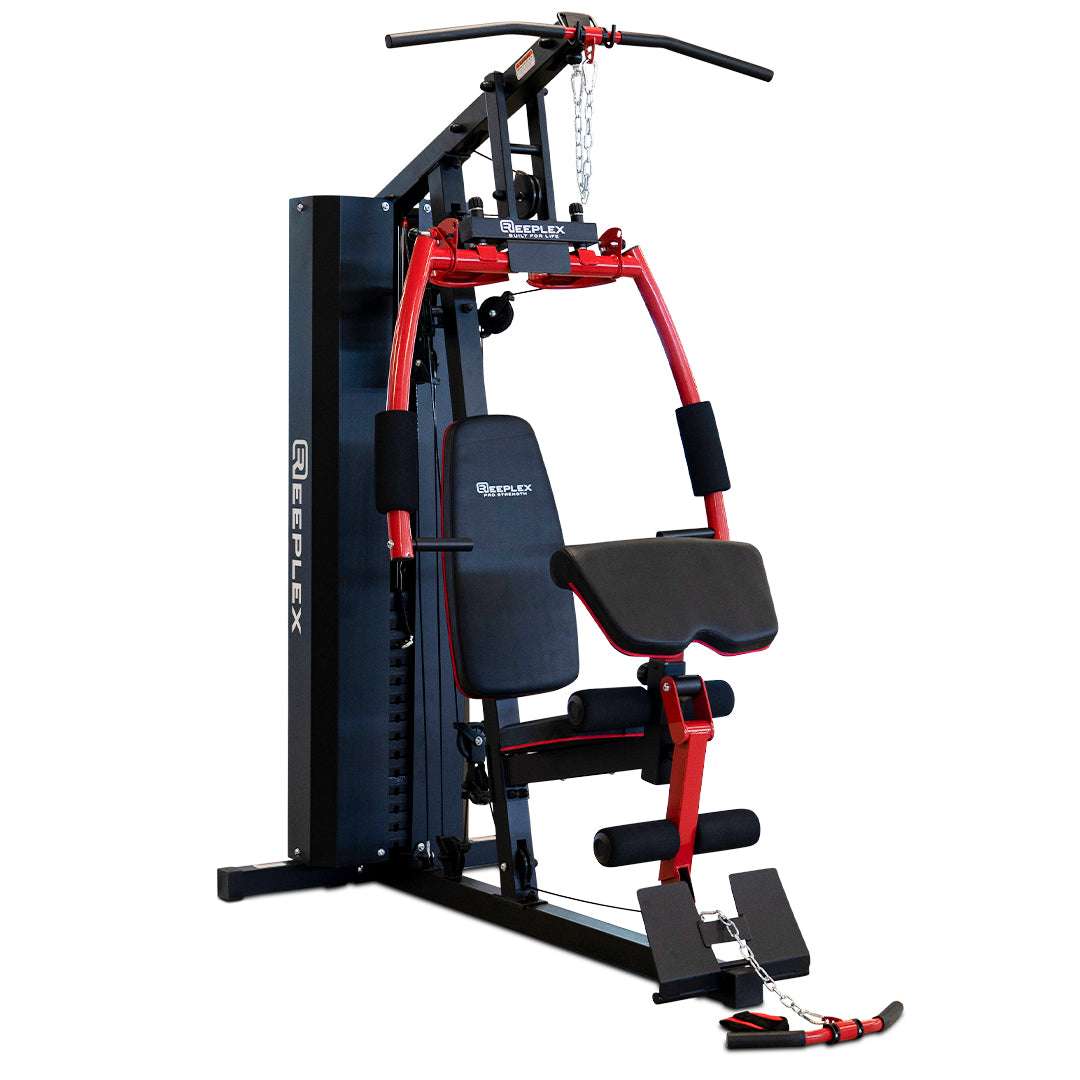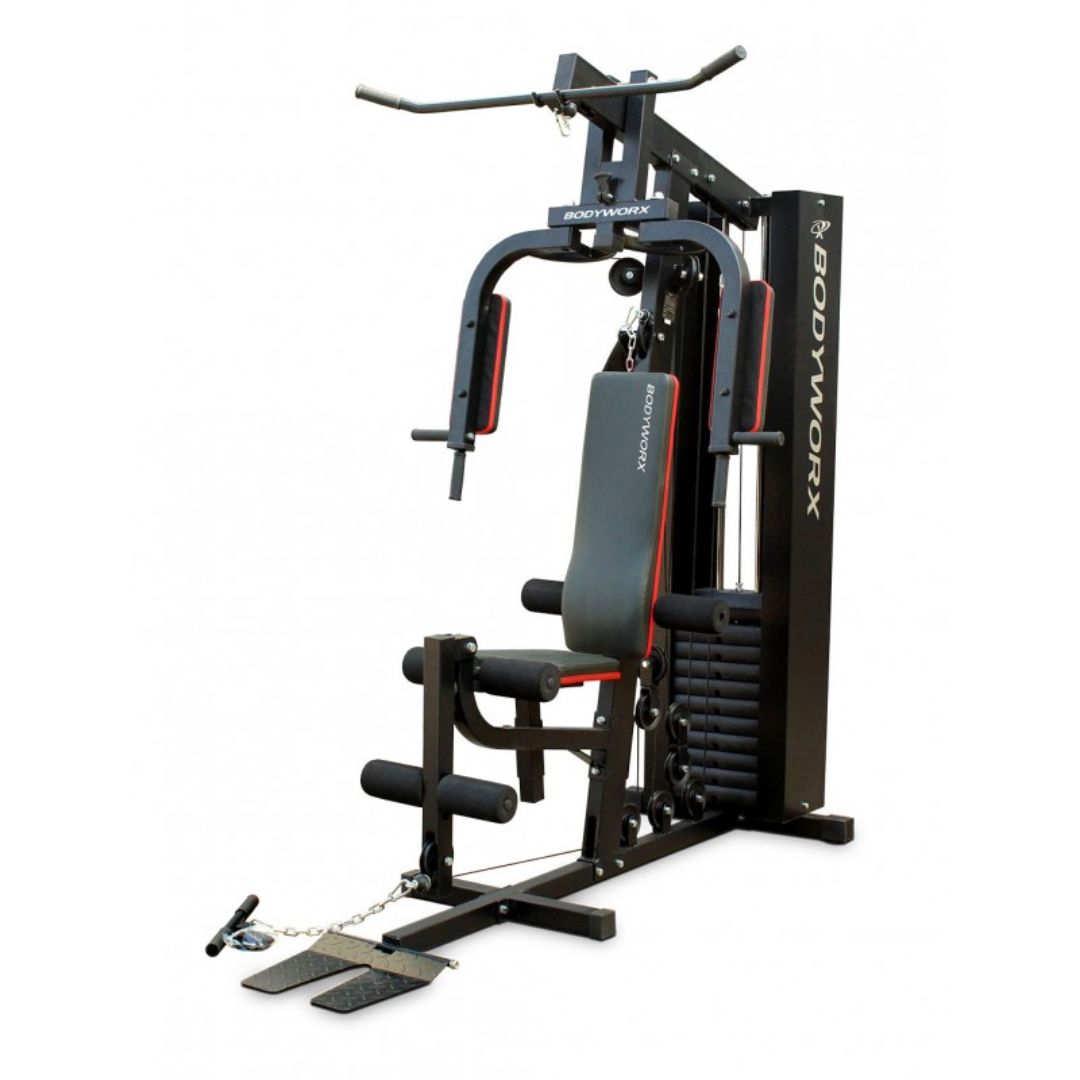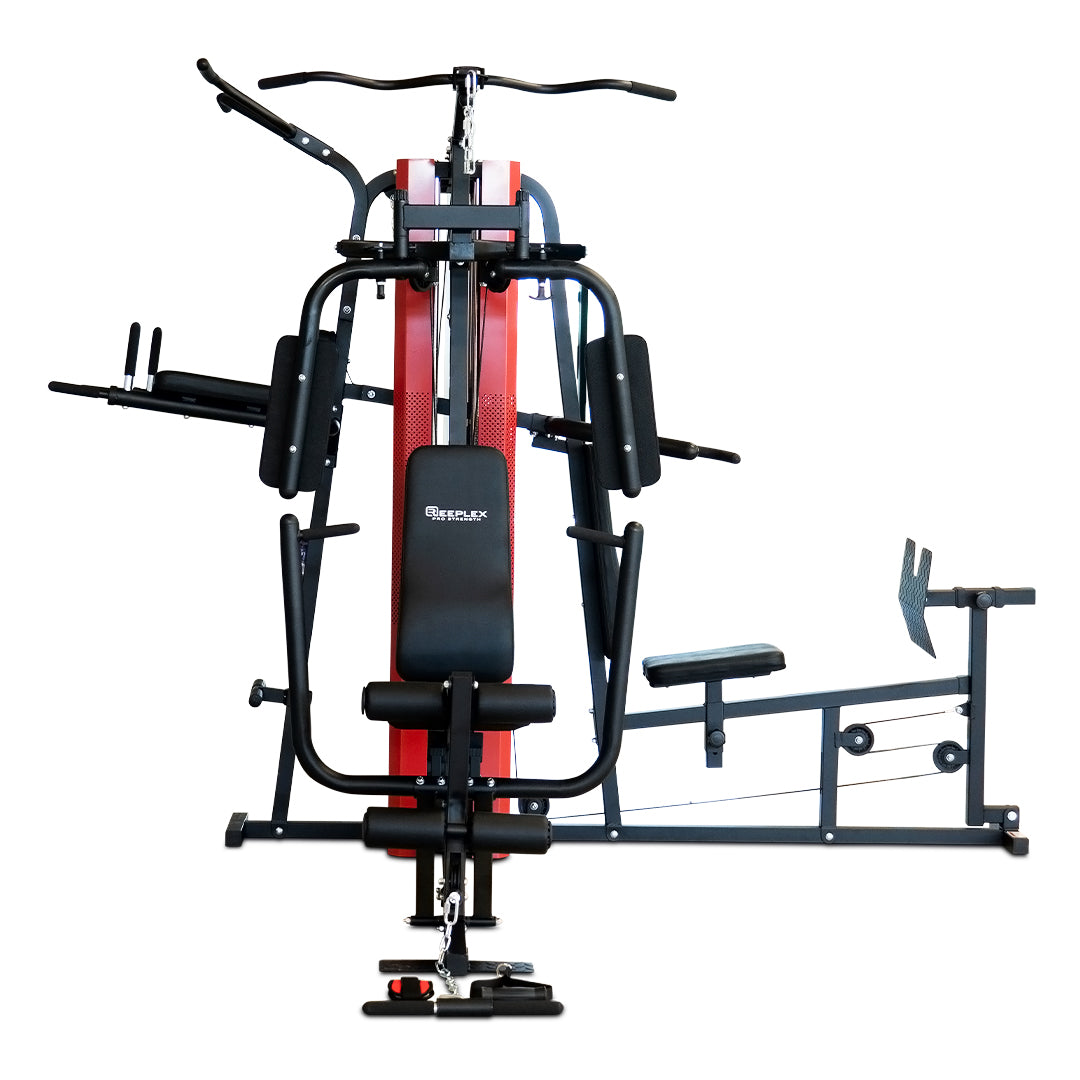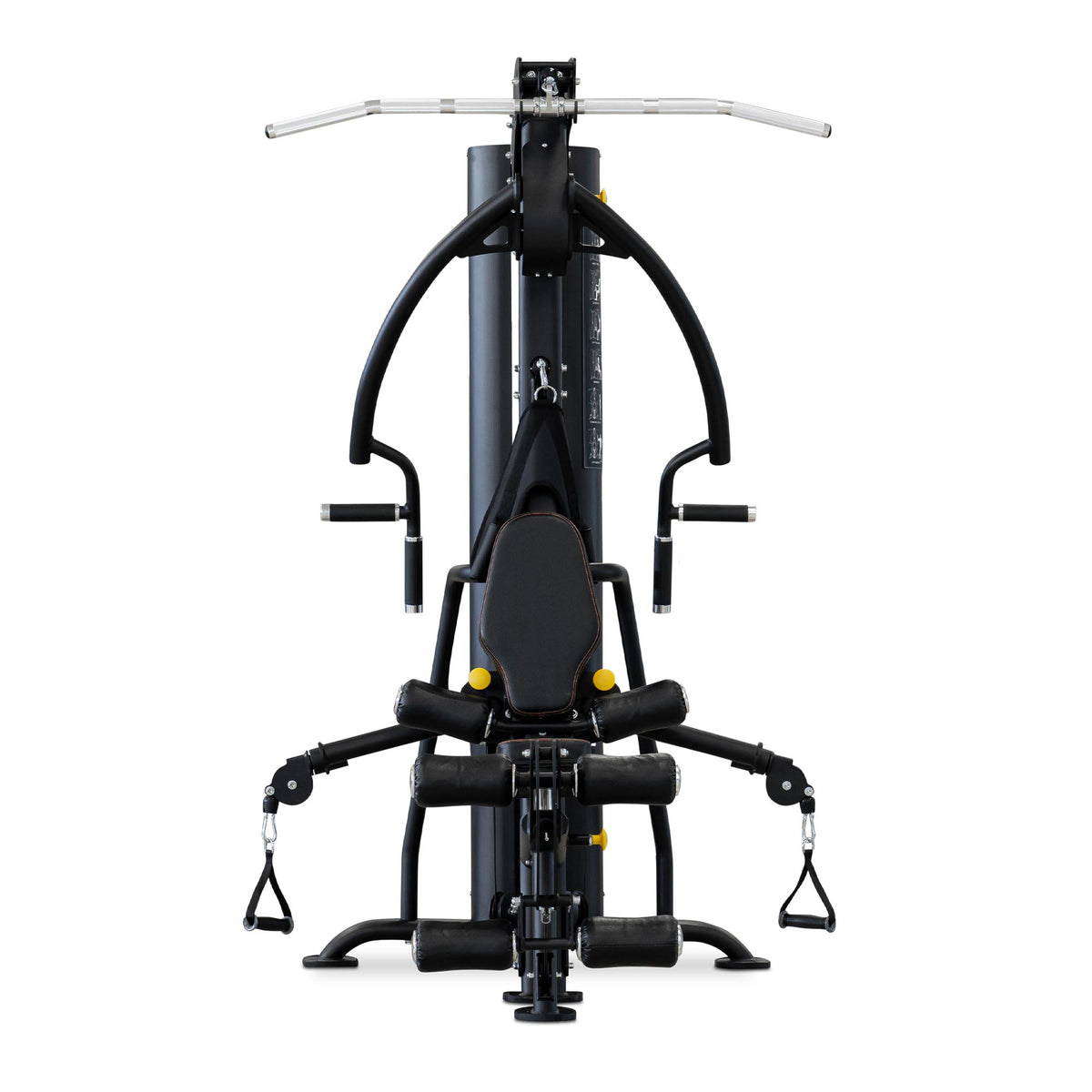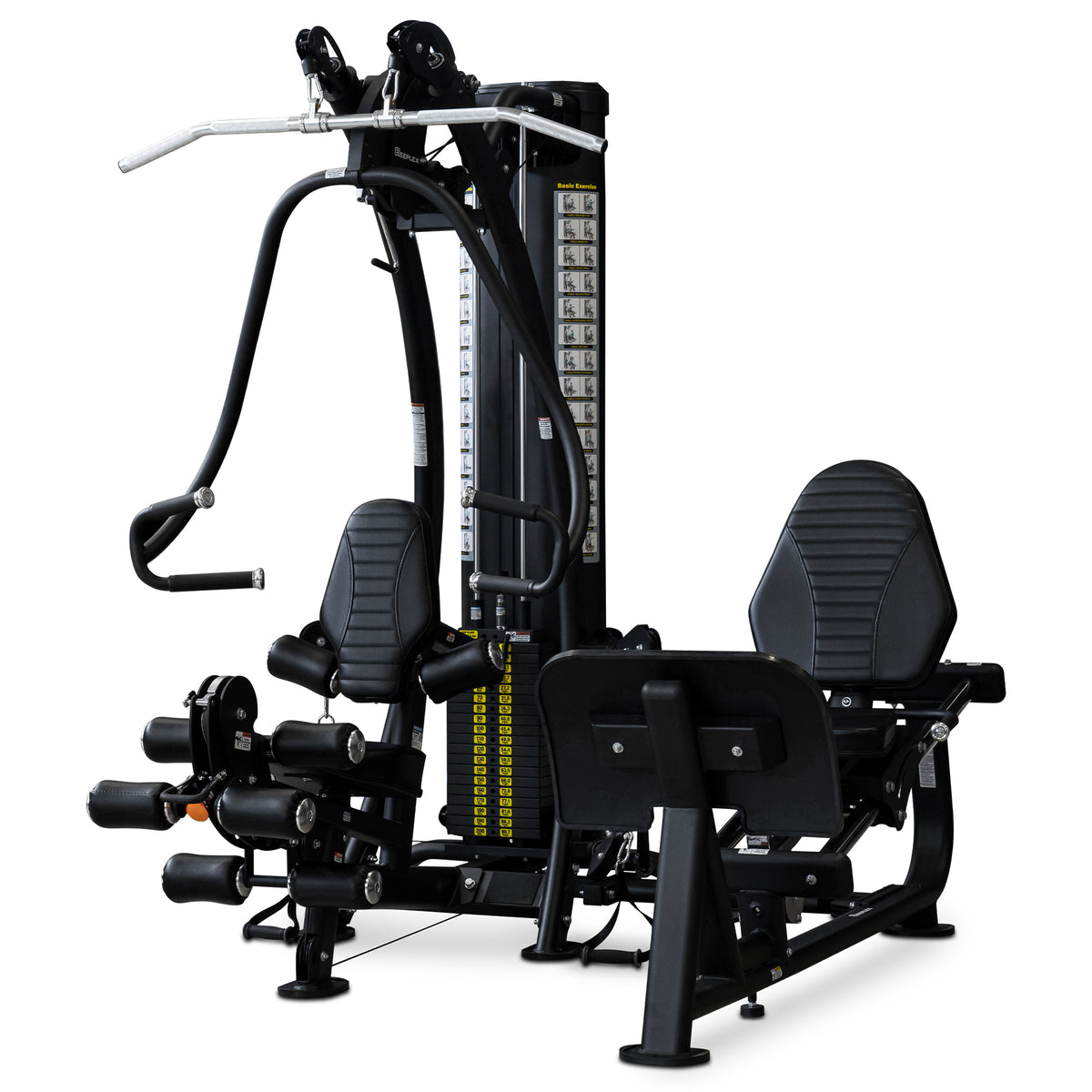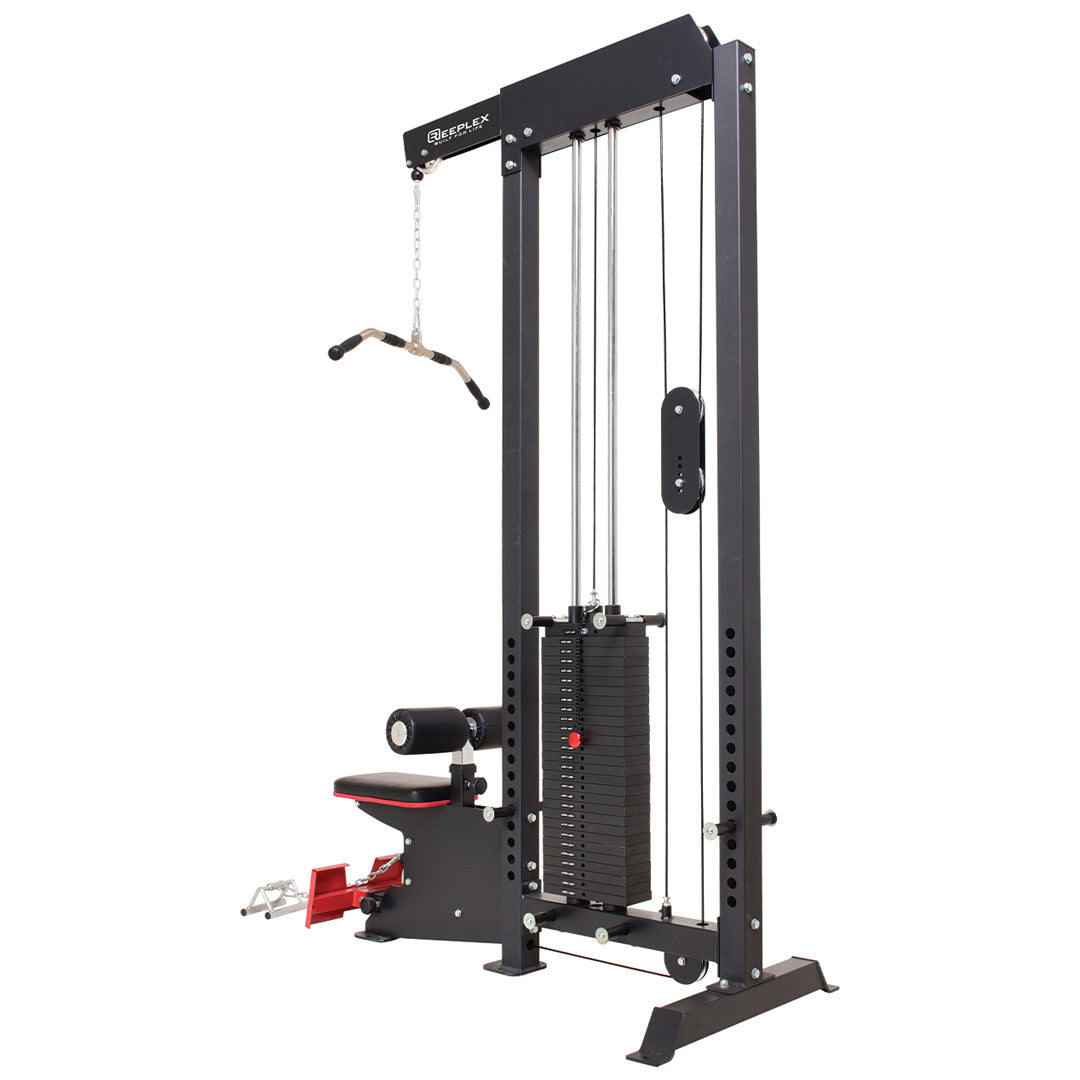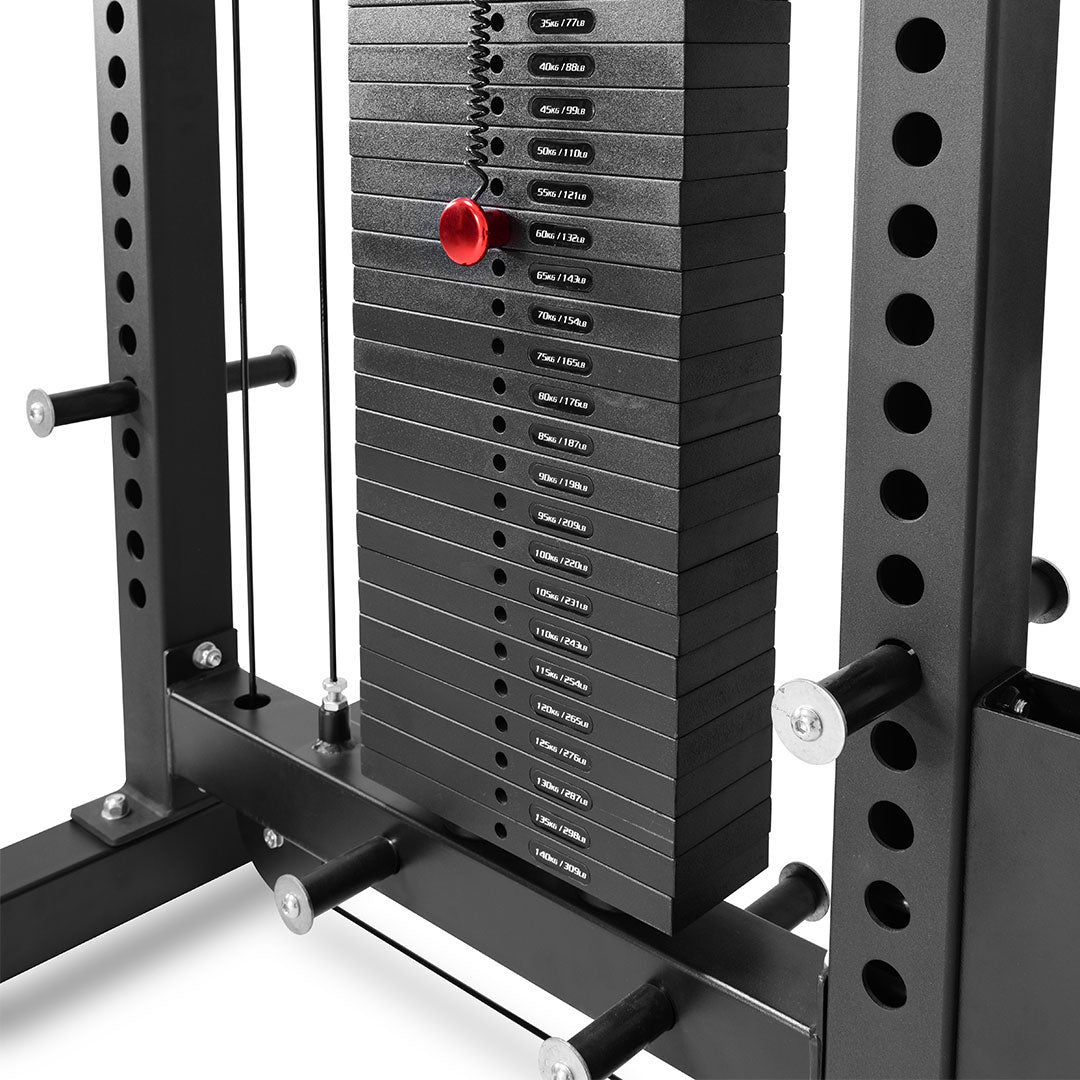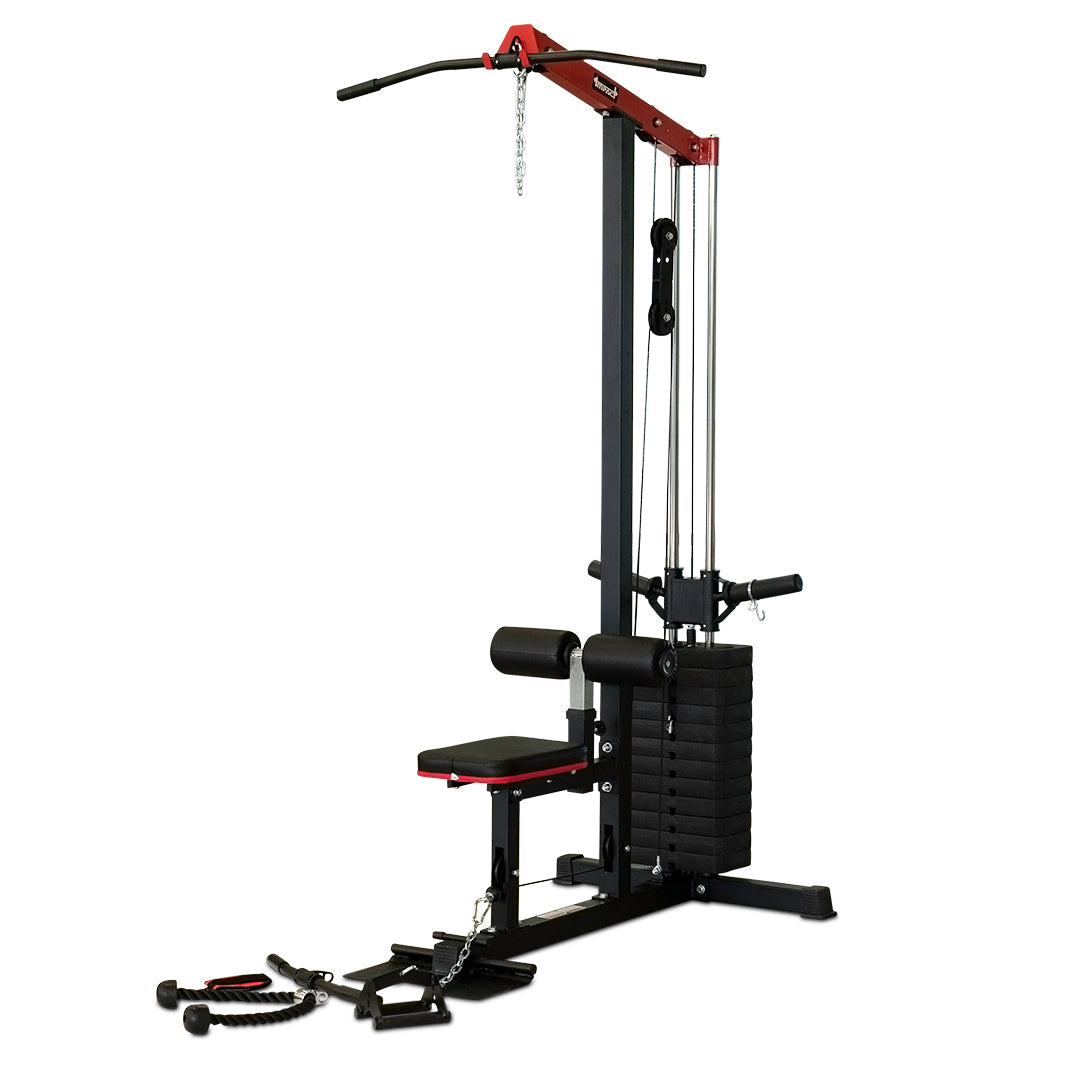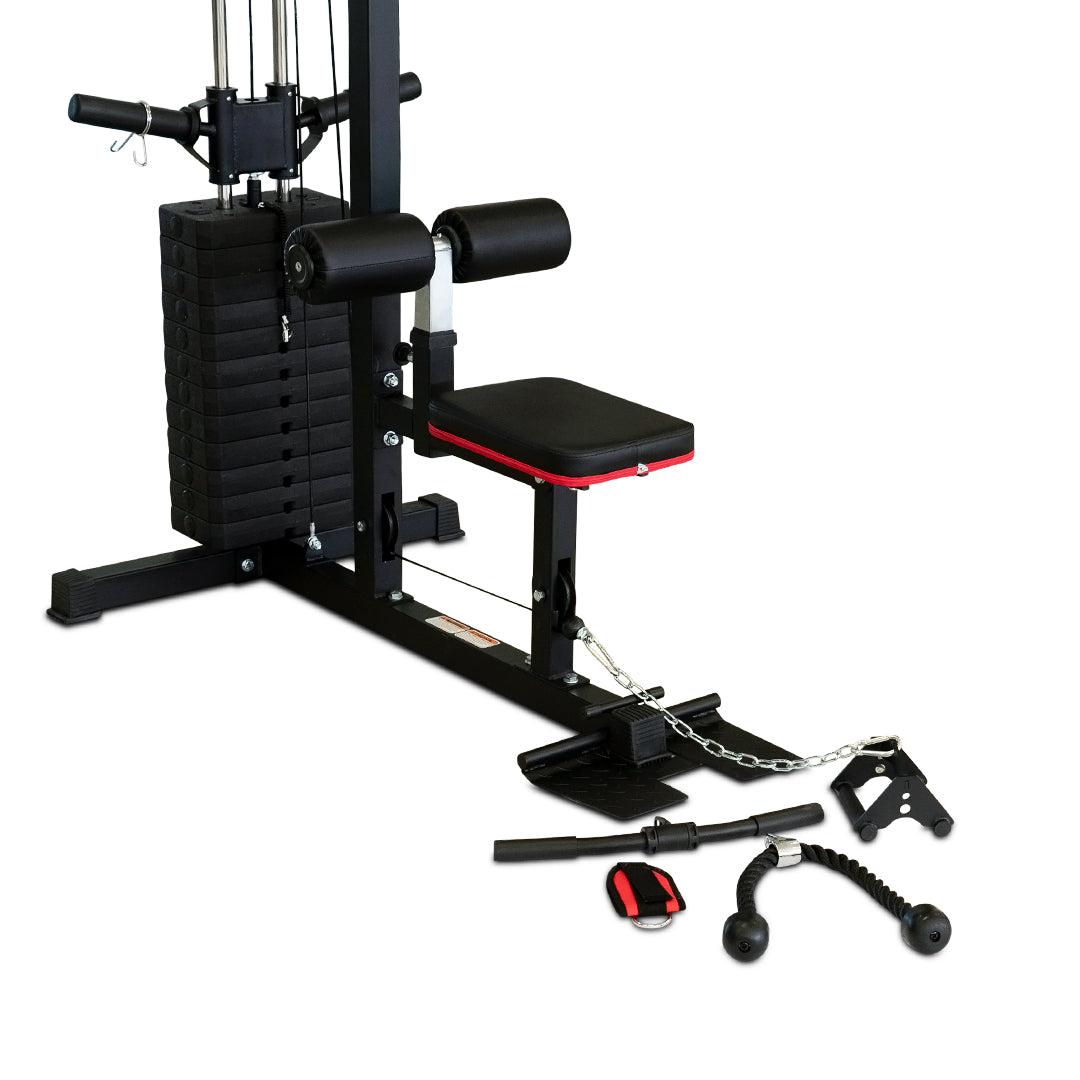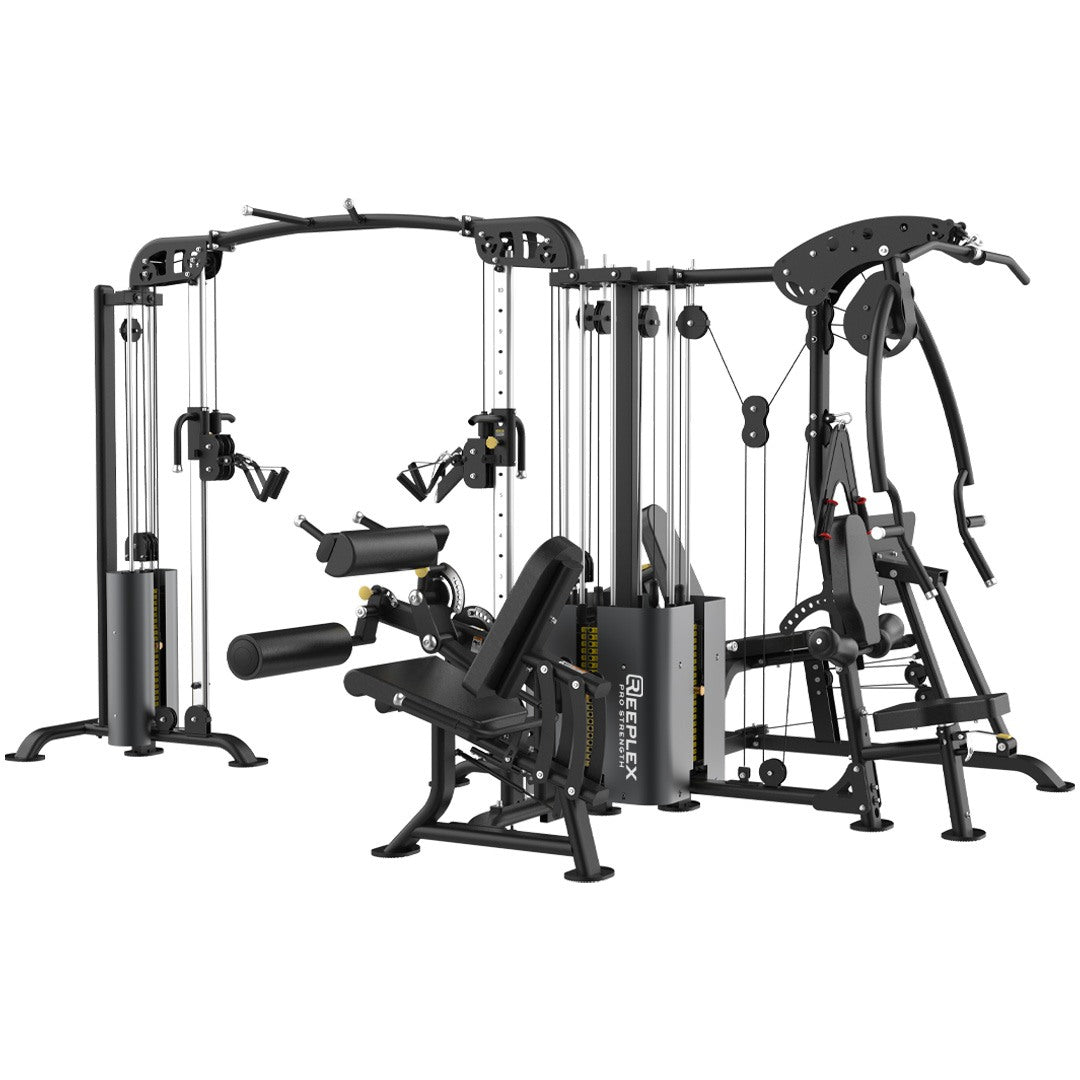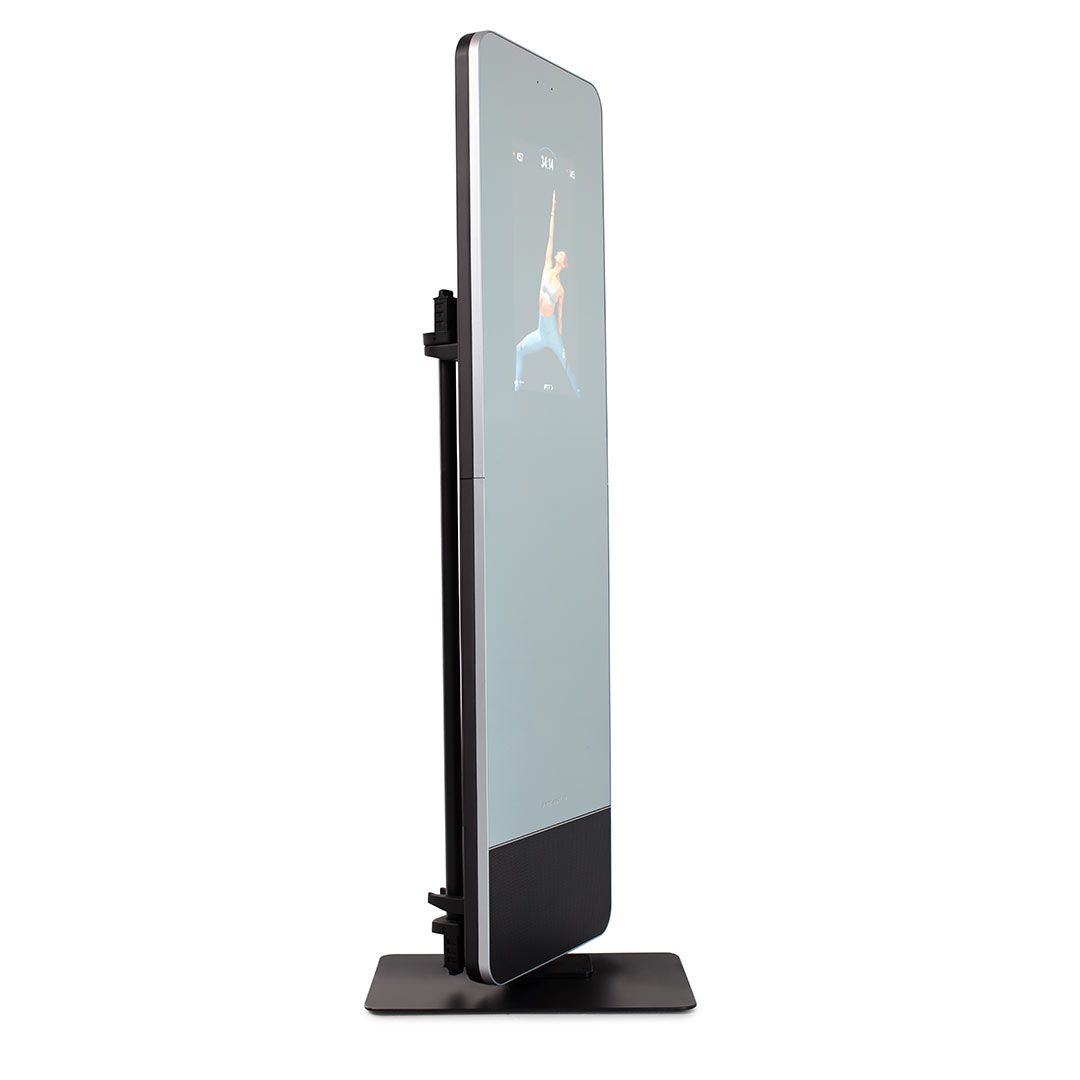Home Gyms – Find the Multi Station Trainer That Fits + Hits
Planning the perfect home workout space? Start here. Our range of home gyms and multi‑station trainers packs commercial‑grade versatility into footprints that fit spare rooms, garages and even studio apartments. Below you’ll find the key factors to weigh up before you pick a machine, plus pro tips to keep your training fresh for years.
1. Measure Your Space First
Grab a tape and note ceiling height, floor width and doorway clearances. Most multi‑station trainers need at least 210 cm of overhead room for pull‑ups and cable extensions. Leave 90 cm around the frame so you can load plates and move freely without clipping walls or furniture.
2. Match Stations to Your Goals
- Full‑body strength: Look for a Smith bar, adjustable cables and a leg‑press attachment. You’ll cover squats, presses, rows and curls in one circuit.
- Functional fitness: Models with dual‑pulley cable columns let you lock in any angle—a must for core twists and sport‑specific drills.
- Body‑weight & rehab: Integrated pull‑up bars, suspension anchors and low‑ratio pulleys keep joints happy while still challenging muscles.
3. Check the Weight Stack (or Plate Capacity)
Beginners thrive on stack systems that shift in 2.5 kg increments, making progressive overload simple. If you’re already pressing 80 kg plus, a plate‑loaded home gym with 200 kg capacity leaves room to grow without needing upgrades.
4. Compare Build Quality
Gauge steel thickness (2 mm or more) and weld finishes. Heavier‑duty cabling—rated 900 kg+—resists fraying when drops get enthusiastic. Bronze bushings in pivots feel smoother and last longer than plastic counterparts.
5. Factor in Extras & Future Proofing
Does the machine accept jammer arms, dip bars or landmine attachments? Modular multi‑station trainers save money long‑term because you add pieces instead of swapping the whole unit.
6. Plan for Flooring & Safety
Rubber tiles (at least 15 mm) protect concrete and dampen sound. If you’re lifting in a shared house, sliding some acoustic mats under the base cuts vibration—your neighbours will thank you.
Quick Buying Checklist
- Footprint vs. room size – allow clearance on every side.
- Station mix – cables, Smith, leg press, pull‑up, low row.
- Stack or plate load – match your current strength and future goals.
- Steel gauge & cable rating – the higher, the tougher.
- Attachment compatibility – think ahead for new training styles.
- Warranty – aim for lifetime frame cover and at least two years on moving parts.
Still deciding? Hit the Chat button or head to your nearest showroom to test‑drive the line‑up. We’ll map out a tailored floor plan and bundle deal, so your home gym earns its keep from the first rep.


